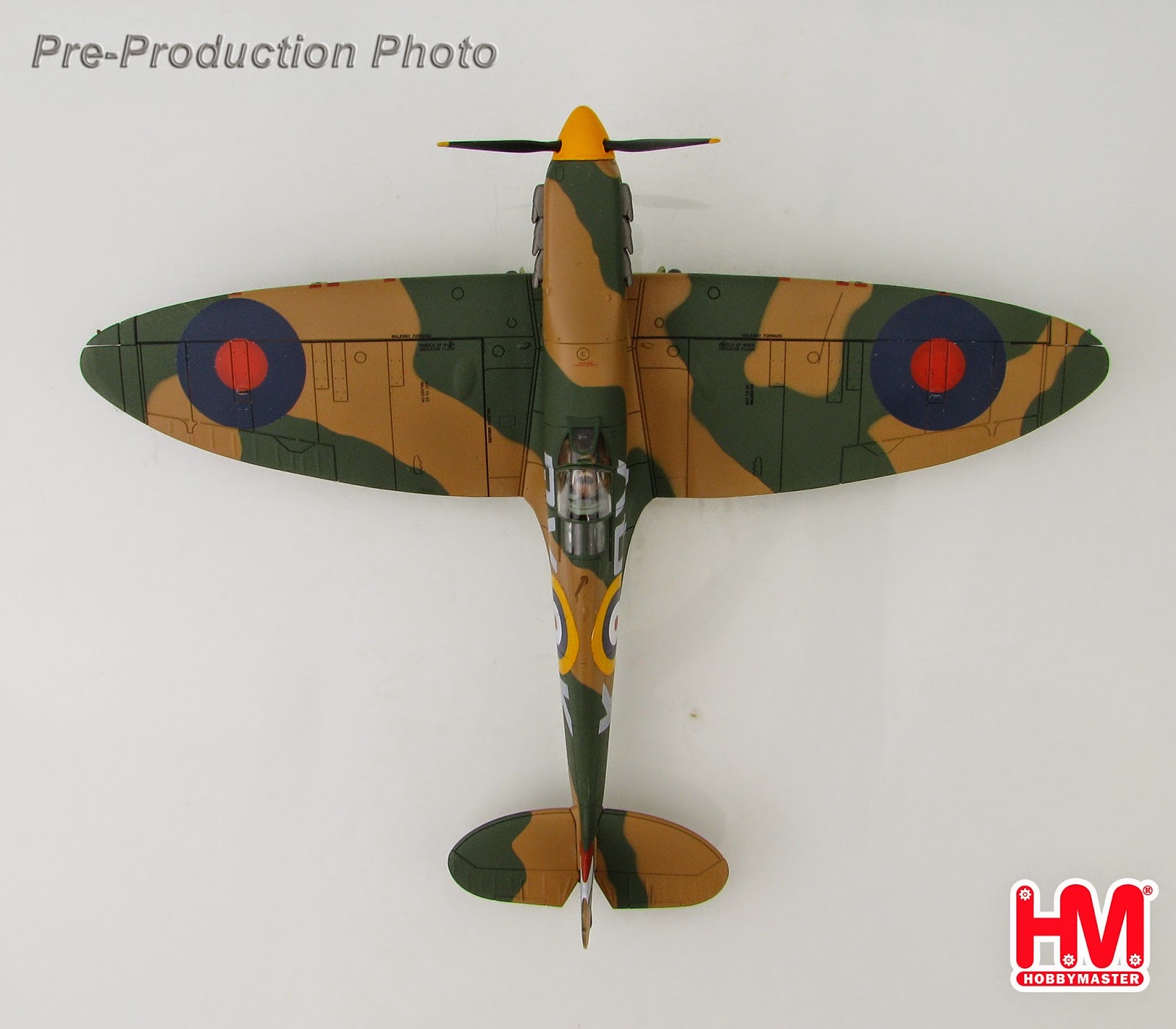Regtheveg's regularly posts photos of new model releases on DHP and often they make their appearance on this blog.
The Corgi 1:72 Vulcan
Thanks to SKF for the first review, models should be reviewed by buyers, and at this point I'll feel a little bit of a fraud for posting this, but it's based on feedback.
If you like this model, that's great, I'm not here to tell you what you should or shouldn't like, but I do feel strongly about the marketing of this model.
We have very few of these for sale, but I'm pushed into posting this by the number of emails we have got saying that we (As a Supplier) are "supporting" it (On Facebook apparently).
We don't support it, we just sell it!
Here are some quick snaps.
I've deliberately not changed anything except for scrubbing some of the white background, I'd usually lighten the picture up a bit after this, and equalise the white background, but that does change the colours somewhat.
Picture 5 (last but one) is with a spotlight, the others are under normal indoor light mixed with some natural daylight.
The only metal I can find on the model is the nose, the lower middle part of the fuselage, and the rearmost part of the fuselage.
The complete wing assembly, top and bottom, and tail wing are all plastic, it's not finished particularly well either (a bit of flash on the plastic mouldings).
It does "feel" toyish, it's got a very obviously high plastic content.




.jpg)

Is it a breakthrough in diecast model aircraft production?
No it's not, not by a long chalk - you couldn't honestly call it a diecast aircraft in my opinion, on reflection, even "diecast model with high plastic content" is pushing it.
It's nicely detailed, the little aerials are nice touches, the panel lines look about right, for industry standard.
So it's detailed, has a decent painted finish, and it's mainly made from plastic. Lets face the truth here, this type of model has been done before, many times, they are called toys.
I know about toys, I've been selling them for 35 years and a bit more. It's not new, there is no new technology here, it's made to a price.
There is nothing to do with technological challenges involved in making it, that's PR rubbish, any toy company could have made this, only Corgi have the brass to bring this to the aviation model market, and call it a diecast model.
It could have been made in diecast, it was priced up and quoted 5 years or more ago by Hobby Master, and the general view was that the market wouldn't take it, and if made from diecast it would be a minimum price of 300 quid (500 USD).
Corgi touted this model as a diecast model, but somebody got their sums wrong and if Corgi had made the model in diecast, they would have lost a lot of money on their original plans and orders taken. This is a fob off, Corgi went to plastic when the new bean counters at Hornby got involved.
After all that, and at the point that Corgi have finally got this item to the market, that I'd be surprised if the landed cost was much more than 30 dollars, they have even managed to mug 2 or 3 thousand people to buy one of these "wonder models" - they get the colours so spectacuarly wrong, that even a 12 year old, making his first plastic kit, could have got it nearer.
I've never heard of their engineer, who tells us of the problems in production, that's rare, as most engineers ask the trade for their comments, no offence to the bloke in the video, but who the f**k are you?, I've never heard of you, and I know a few.
Again, there is no problem making a model of this size in plastic - it's a doddle - done before many times.
I can't believe people are buying into this model, and I can't believe we have bought them ourselves, but once these have gone, I won't pay more than 40 quid for them and they should retail around 80 quid delivered or 120 USD.
I'm not generally enamoured by Corgi at the moment, but will buy in to anything they do that will sell, and to be honest, this will sell. But I have to be fair - This is a rip off, daylight robbery, but luckily for Corgi, most of the purchasers are UK buyers who have never bought a diecast model in their life, they will only be shocked when they buy their next one, if ever!
Will it become a classic - Like this very similarly constructed model from a long time ago?
I don't think so, I think seasoned collectors who receive this will be deeply disappointed, unlike the children who received their Millenium Falcon for their Christmas gift all those years ago - Corgi have designated collectors as children, just another load of punters to be stiffed, and roll on the production of toys.
Sorry to be so negative - but Corgi never told the trade about this "plastic content" apart from a few hints, nothing official - that's bad form in the English language, you guys can call it whatever you like.
Adios
Reg































.jpg)



















.jpg)



